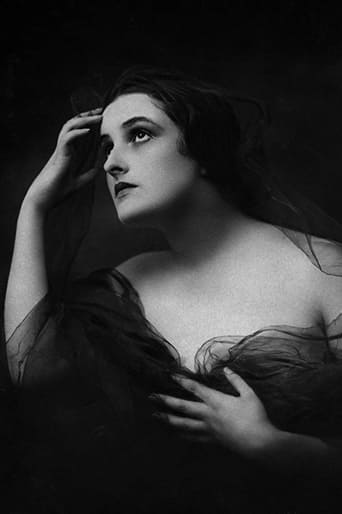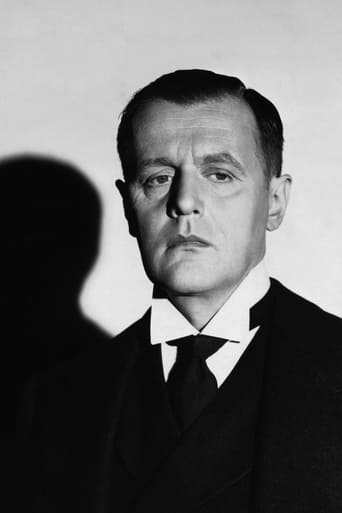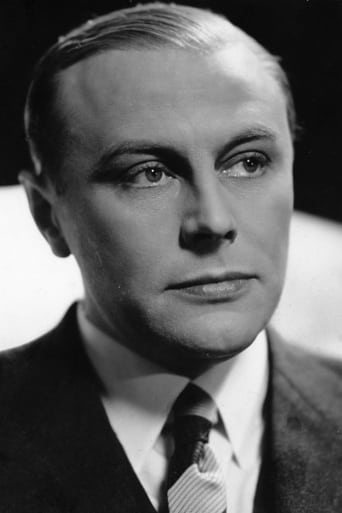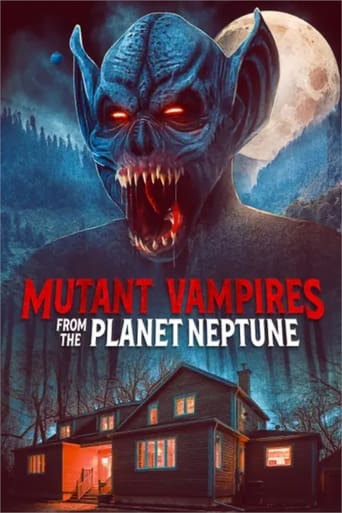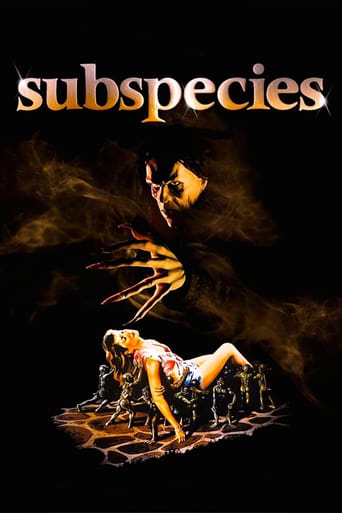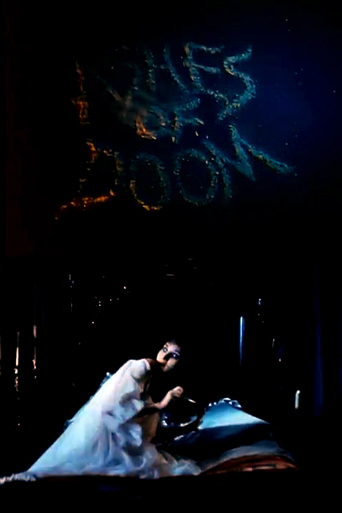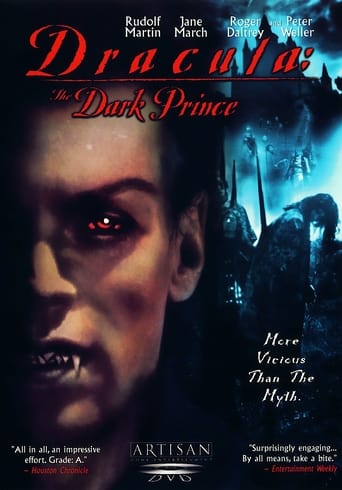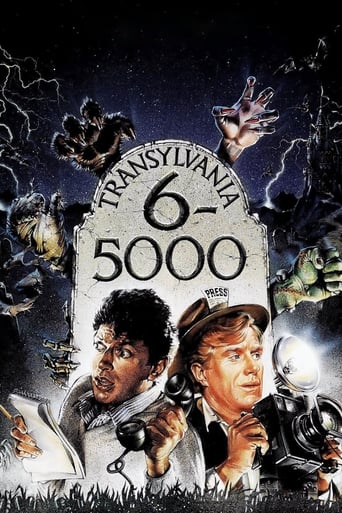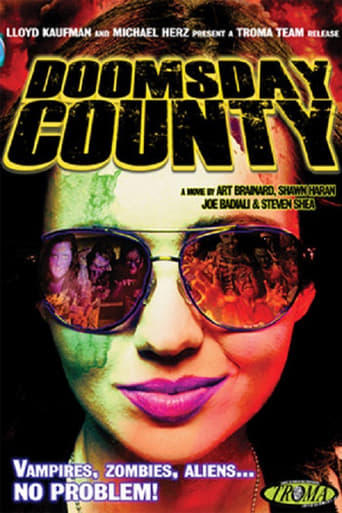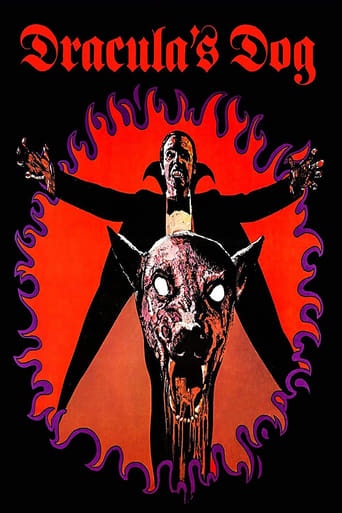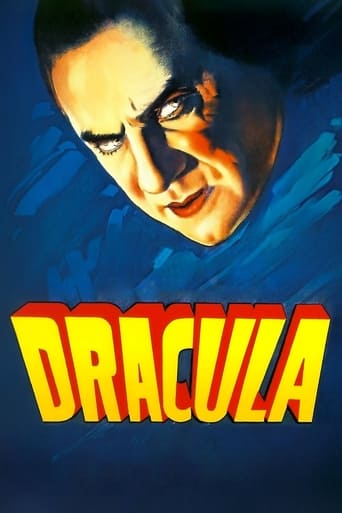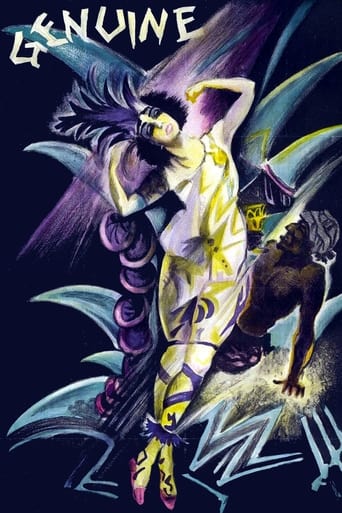
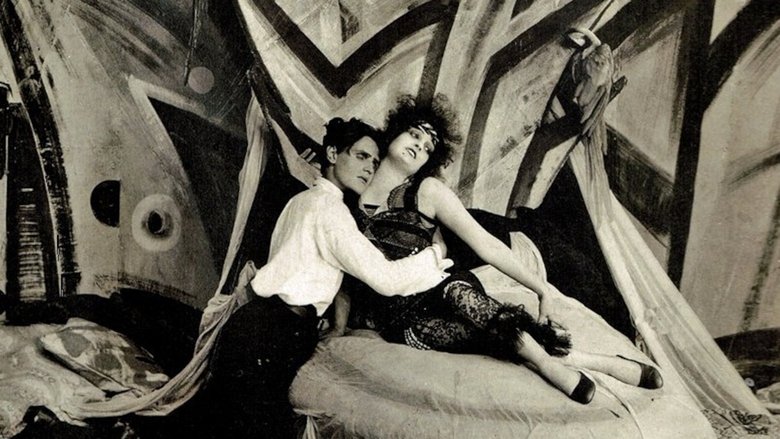
Genuine: The Tragedy of a Vampire (1920)
Since completing a portrait of Genuine, a high priestess, Percy becomes irritable and withdrawn. He loses interest in painting and refuses to see his friends, preferring to spend his time alone with the portrait in his study. After turning down a wealthy patron's offer to buy the picture, Percy falls asleep while reading stories of Genuine's life. Genuine comes to life from the painting and escapes. The film's sets were designed by the Expressionist painter César Klein.
Watch Trailer
Cast


Similar titles
Reviews
How sad is this?
Good idea lost in the noise
An action-packed slog
It really made me laugh, but for some moments I was tearing up because I could relate so much.
Watching this late at night, I kept dozing off and then rewinding to see what I'd missed. This woman who is sometimes seen as a vampire, has incredible power over men. She can get them to do what she wants, even to the point of killing themselves or others. She was kidnapped and sold into slavery and has this rage and craziness in her eyes. Men can't resist her and fall into her traps. We don't know what her motives are other than to seek revenge on those who put her in this position. There is a lot of overacting (a hallmark of the silent cinema anyway) and very little plot. Robert Wiene ("The Cabinet of Dr. Caligary") is just getting started and some of the cinematography is interesting. But over all, it just doesn't do much to captivate the viewer.
The same director, cinematographer and writer of "The Cabinet of Dr. Caligari" made this subsequent picture, "Genuine". Likewise, it is also an Expressionist film (one of the few made during Weimar Germany, contrary to what Lotte Eisner and the use by some of "expressionism" as an umbrella term for almost all German cinema of the period might suggest). Additionally, similar to "Caligari", the main body of "Genuine" is framed as a dream. Yet, I wasn't engulfed into the universe of "Genuine", as I was with "Caligari".The story, although just as peculiar, isn't as involving, which is unfortunately probably, in part, because the Kino release is only a condensed version. The framing of scenes is just as prosaic and theatrical as that in "Caligari"--if not more so. As well, the stylized acting seems more overdone and obtrusive this time. But, more importantly, the problem is the sets, which I can't see the entire version improving much upon. The Expressionist set designs are equally strange, with odd angels and geometric shapes. The production, however, leaves too much space open and unfilled, which is the largest reason that "Genuine" isn't as involving, or captivating, as "Caligari".
...yes, it's from the same director, Robert Wiene, whose landmark THE CABINET OF DR. CALIGARI was released earlier the very same year, 1920; and, yes, much of the same cinematic technique created for CALIGARI was used here as well. The main differences between the two utterly defeat any chance that GENUINE, at least in the 43-minute "condensation" that appears on the 2002 Kino DVD release, would ever be a tenth as watchable as CALIGARI (or, for that matter, THE HEARTS OF AGE, Orson Welles' self-described "amusement" that spoofed all the surrealist silent European cinema concocted by Wiene, F.W. Murnau, Salvador Dali and the like). First, the sets and makeup of the players are not as flamboyantly odd this time around. Second, the pacing is far too slow for the story. Third, the story is itself far too bizarre and convoluted for a casual viewer to find any interest in; CALIGARI's is relatively straightforward in comparison. If you want a pre-NOSFERATU take on vampires, track down the DVD of LES VAMPIRES instead...
Robert Wiene repeats the techniques he used in "The Cabinet of Dr. Caligari" with far less success in "Genuine". His looming architectures and broad swaths of darkness are glaringly at odds with the utterly ridiculous story of the seductress-priestess-wild girl brought to unsuspecting Europe. There are some striking visual effects, such as the jungle of branches where Genuine climbs up and up to escape from her prison, but they don't add up to anything. (I should note that only fragments, adding up to about a half hour, survive of this movie; but I suspect that the parts I didn't see wouldn't have added any deeper meaning.)


